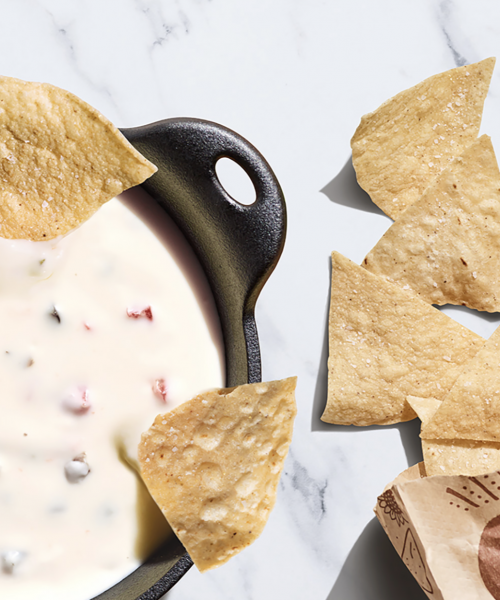By Susan B. Barnes | FoodAndWine.Com
Troy Warren for CNT #Foodie
It’s going to cost more to fry up a pan.
If you have strolled through the deli aisle of a grocery store lately, you may have noticed an increase in the price of bacon, and your eyes wouldn’t be deceiving you.
“I’ve noticed [higher prices on bacon], but I have not stopped buying,” Jeff Brueggeman of St. Louis, Mo., tells Allrecipes. “I have switched from some local thick cut stuff I could get at the grocery store to the bulk stuff from Costco.”
Jeannie Clary of Clearwater, Fla., agrees: “We’ve noticed an increase in all meat,” she tells Allrecipes. “It hasn’t stopped us, but we’re buying bacon from Costco instead of Publix now; [it’s] delicious and you get more for less.”
Lee Schulz, an associate professor in the Department of Economics at Iowa State University, cites recent data from the United States Department of Agriculture (USDA) and Bureau of Labor Statistics that shows a 28 percent — or $1.54 — increase in bacon pricing from last year: bacon prices reached a record high of $7.10 a pound in August.
According to statista.com, as of March 2021, Iowa had an inventory of about 23.8 million hogs and pigs; the second largest producer of hogs and pigs was Minnesota.
Schulz tells Allrecipes that there are two factors behind the increase: rising production costs and demand.
“It costs more to produce pork today than it has in some time, with increased labor costs, buildings, maintenance… costs you don’t think of. Also, there’s a lower supply than we’ve seen,” explains Schulz. “Both of those factors are pushing the price higher.”
He went on to explain that there’s usually one factor impacting pricing, and “now you have a coalescing of both factors occurring, driving prices to where they’re at.”
Bacon is popular, at a cost
It makes sense that only so much bacon can come from one pig, and through the production process, an allotment of bacon from each pig is put into cold storage to save for a rainy day, or, when demand grows.
“Bacon used to really be a seasonal thing, like BLT season in the summer when tomatoes were ripe,” Schulz says. “The market would put (pork) bellies in the freezer in the winter, and then bring them out in the summer. We’re using much more bacon (year-round), and there’s still high demand in the summer.”
The fluctuation of bacon pricing is nothing new. Schulz says that there is “tremendous volatility in bacon prices,” and that restaurants and other food service businesses that feature the savory meat on their menus have gone to business models with secured pricing.
“If you’re in the open market, you have to pay the prevailing price,” he explains. “We’re seeing those prices being reflected in grocery stores, and in some regards to food service, which is eating into their margins.”
Though we see prices changing on the grocery store shelves, Schulz says that, in fact, retail prices fluctuate the least.
Related: This $15 Farmhouse-Style Bacon Grease Can Lets You Safely Store Drippings
“It’s important to understand retail prices are catching up to prices we’ve seen for hogs and wholesale pork,” he says. “Those retail prices are accounting for all of the costs having increased, like transportation and labor; the cost of doing business.”
Schulz adds that research has shown that retail prices increase faster than they decrease, and that while we’ve seen prices rise, as wholesale values start to come down, that doesn’t mean that retail prices will come down instantly.
He also noted that there are more hogs in the market in the fourth quarter of the year, so there should be more bacon on its way, replenishing the supplies in cold storage.
Fortunately for consumers, though, bacon won’t be going the way of lobster and fresh fish that we often see offered at “Market Price.”
“By and large, they (grocery stores) like to keep prices relatively sticky, and not have too much change,” Schulz says.
Bottom line: We won’t be seeing bacon at “Market Price” on menus anytime soon, but the prices may eat into your ability to enjoy bacon-topped mac and cheese or bacon-studded green beans if your food budget is tight.
In Other NEWS



































